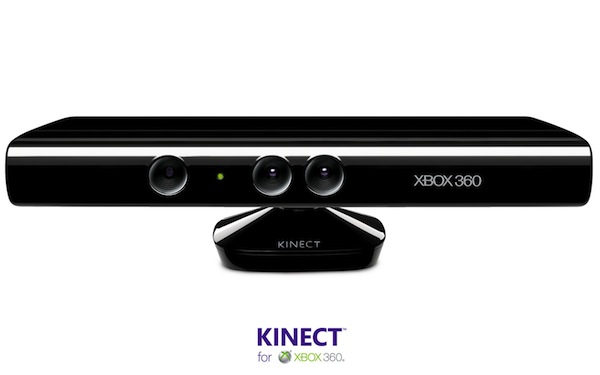Researchers have proposed that a Microsoft Kinect game controller could be used to cut the US healthcare bill by $30 billion. Specifically, they say that the device would allow physicians to interact with patients from a remote location, thereby reducing the number of hospital visits and associated risk of infection.

Researchers have proposed that Microsoft’s Kinect control could be used to shave billions of dollars of the US healthcare bill. (Image via g4tv.com)
The team’s paper, “Telementoring: using the Kinect and Microsoft Azure to save lives” was published in the International Journal of Electronic Finance. In it, Janet Bailey of the University of Arkansas describes her work with Bradley Jensen of Microsoft Corporation, and how they came up with a system called “Collaboration and Annotation of Medical Images” (CAMI) which allows a physician to use the popular game system to more or less “teleport” their knowledge and the skills of other healthcare workers to wherever in the world they might be needed.
Doing this, they state, would cut patient transport costs for those who live considerably far from a hospital or healthcare center, and also lower the risk of hospital-acquired infections.
Why Kinect could actually be the future of telemedicine
“The Kinect allows doctors to control the system without breaking the sterile field via hand gestures and voice commands with a goal of reducing the direct cost of healthcare associated infections to hospitals and patients,” the team explained.
In order for it to all work together, the following technologies are needed: a laptop, $150 Kinect, Azure connection, and an Office 365 account. Altogether, CAMI is merely a few hundred dollars’ worth of equipment, considerably less than existing telemedicine systems that cost tens of thousands of dollars.
While it might seem like this is a pie in the sky approach to fixing present-day healthcare problems, it’s actually pretty efficient. You see, healthcare is built around the notion that medical experts should always be available to the general public. One of the biggest problems with this is not so much making the doctor or physician available, but actually getting the patient to the healthcare offices. Unfortunately, not all patients are able to access hospitals and healthcare centers due to their condition or location. As a result, many die due to lack of treatment, or otherwise suffer from chronic illness.
What Bailey and Jensen are proposing is a low-cost yet just-as-effective way of getting experts to those who need help the most. The team has already demonstrated that the system works even in areas where only low-bandwidth and unreliable connectivity is available, and they’ve built redundancy into the communications systems as video transmission does not rely on concurrent audio, and sharing images relies on neither audio nor video.
Outlook
In terms of the team’s outlook on their project, they recognize that their solution is merely a step forward in the field of telemedicine — not a complete solution that will solve the global healthcare crisis, concluding that it’s “Not anticipated to be a panacea to the telemedicine environment but it is a powerful tool that can be affordable in virtually any community that has existing technology and communication infrastructure.”
Download the paper (fee charge), “Telementoring: using the Kinect and Microsoft Azure to save lives” in Int. J. Electronic Finance, 2013, 7, 33-47.
Story via: sciencespot.co.uk
Advertisement





